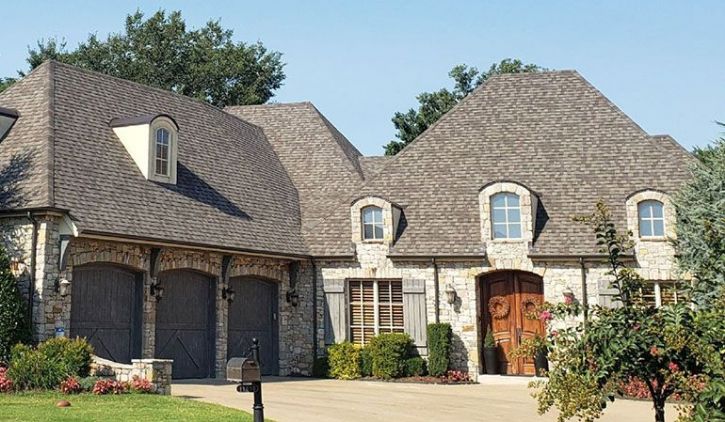Hailstorms can cause serious damage to your roof, but not all damage is visible at first glance. Hidden hail damage can weaken your roof over time, leading to leaks or costly repairs if ignored. Here’s how you can identify hidden damage and protect your home.
1. Check for Dents on Gutters and Downspouts
Start by inspecting your gutters and downspouts for dents or cracks. If hail has damaged these areas, it’s likely your roof may also have been affected.
2. Look for Granule Loss
Hail can knock off the tiny granules on asphalt shingles. These granules often wash into gutters, so check your gutters or the ground around your home for granule buildup. Missing granules expose the shingles to weather and cause them to wear out faster.
3. Inspect for Cracks or Bruises on Shingles
Hail can leave bruises or soft spots on shingles, which may not be visible right away. Press lightly on your shingles to feel for soft spots or cracks. Damaged shingles are more prone to leaks.
4. Examine Flashing and Roof Vents
Check metal components like flashing, vents, or skylights for dents. Hail often leaves small marks on these areas, which can be a clue to roof damage.
5. Look for Leaks Inside Your Home
Sometimes, hail damage leads to leaks that show up inside your home. Check your ceilings and attic for water stains, mold, or wet spots after a hailstorm.
6. Get a Professional Inspection
Some hail damage is hard to spot without expert knowledge. Hiring a professional roofing contractor ensures a thorough inspection. They can identify hidden damage and recommend repairs before issues worsen.
Why Spotting Hidden Hail Damage Matters
Ignoring hail damage can weaken your roof’s structure, increase the risk of leaks, and lower your home’s value. Catching damage early can save you money on repairs and protect your home from further harm.
Final Thoughts
After a hailstorm, take time to inspect your roof, even if the damage isn’t obvious. Check gutters, shingles, and inside your home for signs of trouble. If you’re unsure, call a professional for peace of mind. Protecting your roof now prevents bigger problems later.

